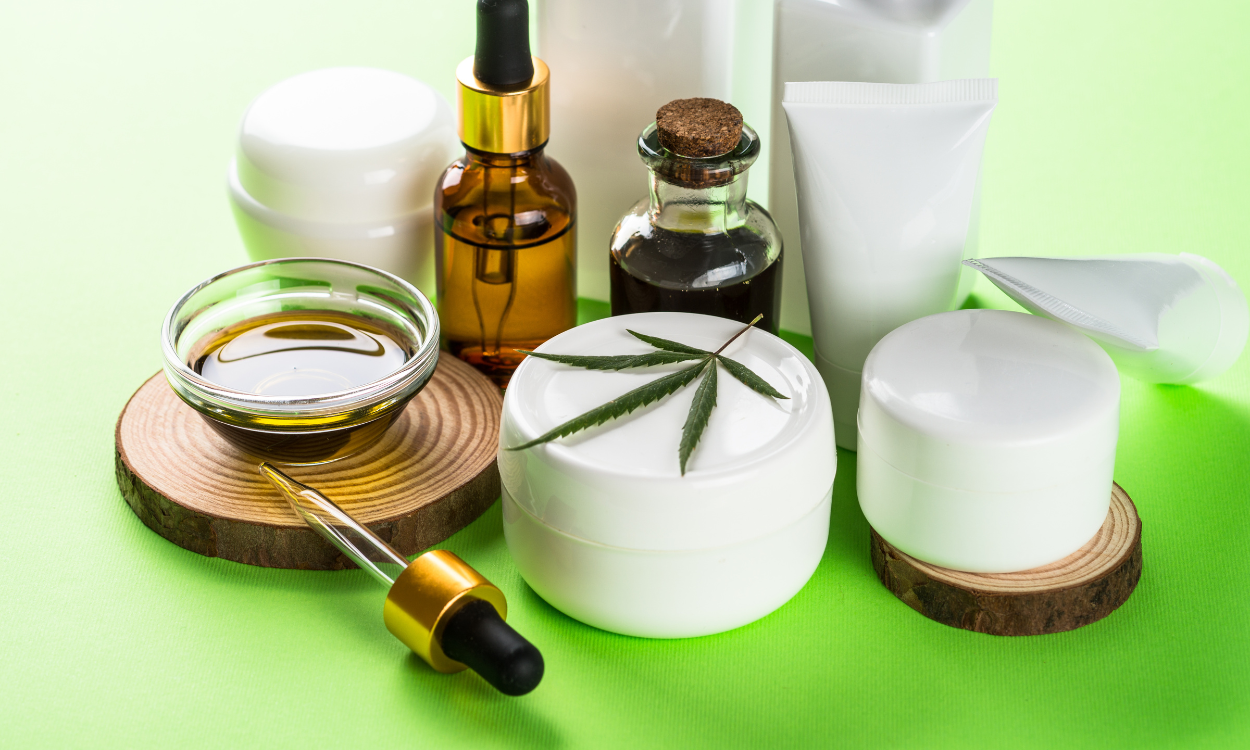Microalgae with high lipid content have shown great potential for a variety of applications across various industries. These microorganisms are rich in fats and oils, making them valuable sources of biofuel, food supplements, pharmaceuticals, and cosmetics. The ability of microalgae to produce high amounts of lipids through photosynthesis makes them a sustainable and eco-friendly alternative to traditional sources of fats and oils. In this article, we will explore the diverse range of potential applications for microalgae with high lipid content and their implications for industries such as energy, nutrition, medicine, and beauty.
Exploring the Potential of High Lipid Content Microalgae in the Biofuel Industry
Microalgae with high lipid content can be effectively utilized in the biofuel industry by undergoing a process of cultivation, harvesting, and extraction. First, the microalgae are grown in large-scale photobioreactors or open ponds to maximize their lipid production. Once the algae reach optimal lipid levels, they are harvested and the lipids are extracted using methods such as mechanical pressing or solvent extraction. The extracted lipids can then be converted into biodiesel through transesterification, a process that breaks down the lipids into fatty acid methyl esters which can be used as a renewable alternative to conventional diesel fuel. This sustainable and environmentally-friendly method of biofuel production utilizing high lipid content microalgae offers a promising solution to reducing greenhouse gas emissions and dependence on fossil fuels.

What are the potential challenges and barriers hindering the widespread adoption of microalgae as a renewable energy source?
Some potential challenges and barriers hindering the widespread adoption of microalgae as a renewable energy source include high production costs, limited scalability of current production methods, competition with other biofuel sources, lack of infrastructure for large-scale cultivation and processing, regulatory hurdles, technical issues related to extraction and conversion processes, and public perception and awareness. Additionally, the variability in productivity and composition of different strains of microalgae can impact the efficiency and consistency of energy production, further complicating its commercial viability on a large scale. Overcoming these challenges will require significant investment in research and development, as well as collaboration between industry, government, and academic institutions to address the various obstacles in implementing microalgae as a sustainable and economically viable energy source.
How can microalgae with high lipid content be integrated into the food and nutrition industry to create value-added products?
Microalgae with high lipid content can be integrated into the food and nutrition industry to create value-added products by extracting their oils to produce omega-3 fatty acids, which have numerous health benefits. These oils can be used as ingredients in functional foods, dietary supplements, and nutraceuticals. Additionally, the protein-rich biomass left after oil extraction can be used as a protein source in food products, such as plant-based meat alternatives. By utilizing microalgae with high lipid content in this way, the food and nutrition industry can create innovative, sustainable, and healthy products that cater to the growing demand for functional foods and dietary supplements.
What are the environmental benefits of using microalgae with high lipid content in industries such as wastewater treatment and carbon capture?
Microalgae with high lipid content offer several environmental benefits when used in industries such as wastewater treatment and carbon capture. Firstly, these microalgae can efficiently remove pollutants from wastewater through a process called phytoremediation, helping to improve water quality and reduce the impact of industrial discharge on aquatic ecosystems. Additionally, the high lipid content of these microalgae makes them an ideal candidate for biofuel production, offering a sustainable alternative to fossil fuels and reducing greenhouse gas emissions. Furthermore, by capturing carbon dioxide during photosynthesis, these microalgae can help mitigate climate change by sequestering carbon and offsetting emissions from industrial processes. Overall, the use of microalgae with high lipid content in industries serves as a cost-effective and environmentally friendly solution for wastewater treatment and carbon capture.
How can microalgae with high lipid content be utilized in the pharmaceutical industry for the production of bioactive compounds?
Microalgae with high lipid content can be utilized in the pharmaceutical industry for the production of bioactive compounds by extracting and isolating these lipids to obtain valuable bioactive compounds such as omega-3 fatty acids, antioxidants, and anti-inflammatory agents. These bioactive compounds have been shown to have a wide range of health benefits, including improving cardiovascular health, reducing inflammation, and protecting against oxidative stress. By harnessing the potential of microalgae as a sustainable source of these bioactive compounds, the pharmaceutical industry can develop innovative new drugs and supplements that offer significant therapeutic value for various health conditions and diseases.

What are the potential applications of microalgae with high lipid content in the cosmetic and personal care industry?
Microalgae with high lipid content have the potential to be used in various applications within the cosmetic and personal care industry due to their ability to produce valuable compounds such as omega-3 fatty acids, antioxidants, and pigments. These compounds can help improve skin health by providing hydration, protection against UV radiation, and anti-aging benefits. Additionally, microalgae-derived lipids can be used as natural alternatives to synthetic ingredients in skincare products, making them more sustainable and environmentally friendly. Overall, the use of microalgae with high lipid content in cosmetics and personal care products offers a promising avenue for developing innovative and effective formulations that cater to consumer demand for natural and ethically sourced ingredients.
Exploring the Potential of Biotechnology and Genetic Engineering to Boost Lipid Content in Microalgae for Industrial Uses
Advancements in biotechnology and genetic engineering can enhance the lipid content of microalgae for industrial applications by identifying and manipulating genes responsible for lipid production, increasing the efficiency of lipid synthesis pathways, and optimizing growth conditions to promote higher lipid accumulation. By genetically modifying microalgae strains to produce more lipids, researchers can create high-yielding lipid-producing strains that can be used for various industrial purposes, such as biofuel production, pharmaceuticals, and food supplements. Additionally, advancements in biotechnology allow for the development of scalable cultivation systems and downstream processing technologies, making it easier to produce and extract lipids from microalgae on a large scale for commercial use.
Exploring the Economic Implications of Scaling up Microalgae Production and Commercialization
Scaling up the production and commercialization of microalgae with high lipid content across various industries would have significant economic implications. Firstly, it could lead to a reduction in dependency on traditional fossil fuels as microalgae can be used to produce biofuels, potentially reducing energy costs and carbon emissions. Additionally, the use of microalgae in industries such as pharmaceuticals, cosmetics, and food production could create new revenue streams and business opportunities. However, the initial investment required for scaling up production infrastructure and technology may be substantial and could impact profitability in the short term. Furthermore, competition from other renewable energy sources and potential regulatory challenges could also affect the overall economic viability of this emerging industry.
Exploring the Diverse Potential Applications of High-Lipid Microalgae in Various Industries
In conclusion, microalgae with high lipid content have the potential to revolutionize various industries due to their versatile applications. In the biofuel sector, they can serve as a sustainable alternative to fossil fuels, helping to reduce greenhouse gas emissions and dependence on finite resources. Additionally, their use in pharmaceuticals, cosmetics, and food production highlights their value in promoting human health and well-being. With ongoing research and technological advancements, the future looks promising for leveraging the unique properties of microalgae with high lipid content across multiple industries to address global challenges and foster sustainable development.
